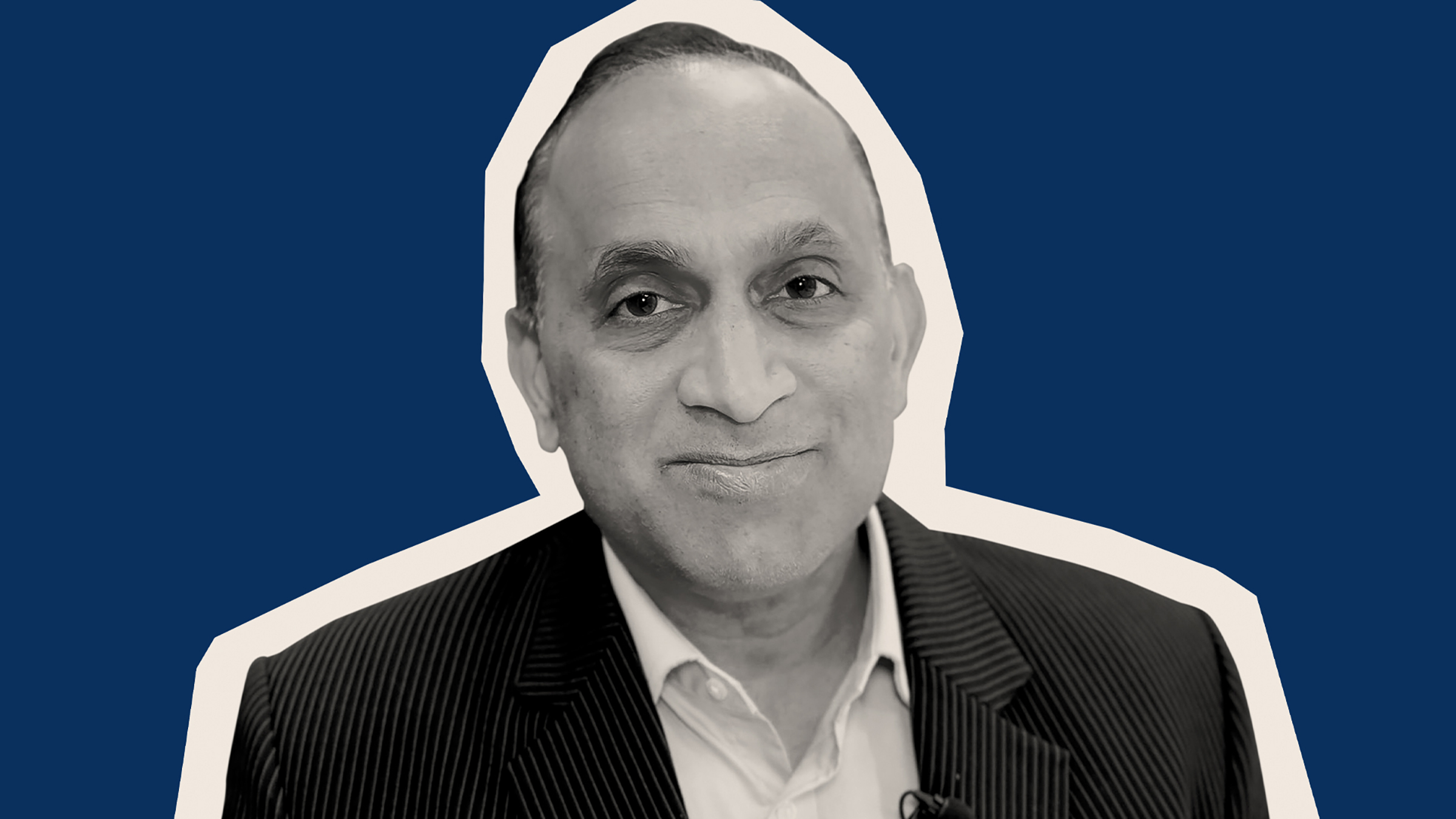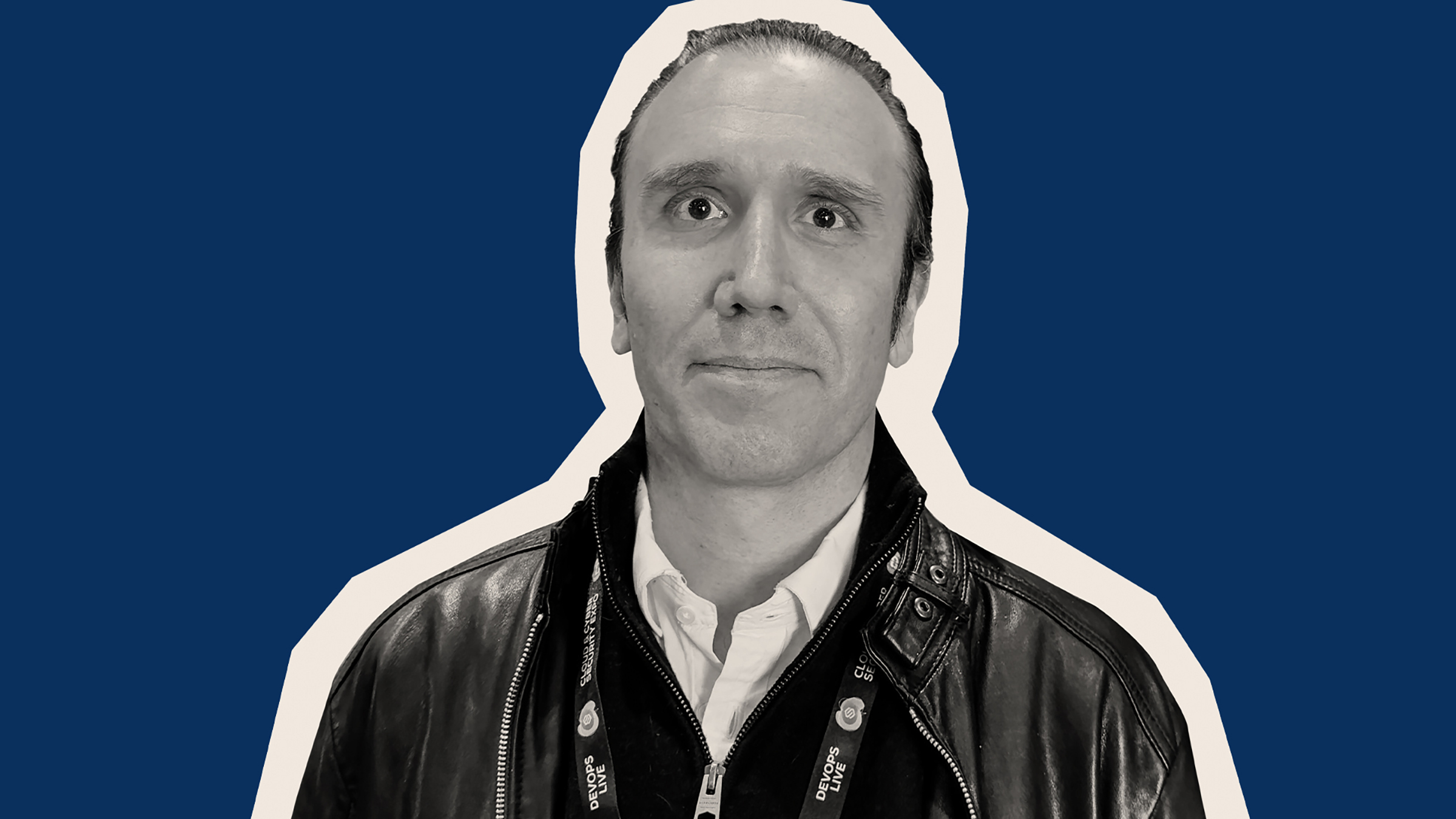
The number of employee-owned businesses in the UK increased by 37% between June 2022 and June 2023, according to the Employee Ownership Association (EOA). With the figure standing at 1,418 and looking set to grow further, we investigated the conduciveness of this ownership model to a successful long-term business strategy.
Its rise in UK popularity is largely owed to the creation of Employee Ownership Trusts (EOTs). According to the EOA, 90% of UK businesses that are currently employee-owned followed the birth of EOTs in 2014. An EOT is a form of trust that business owners can sell a majority ownership to and where assets are held for the benefit of the employee, both current and future.
However, when selling to an EOT, company founders can retain a shareholding. Aardman, the animation company famous for Wallace and Gromit, became employee-owned in 2018. 75% of company shares are held by an EOT and 25% by its founders.
According to Simon McLoughlin, co-founder of Creed Communications, a recruitment marketing agency that transitioned to employee ownership in 2022, the process of transferring ownership “didn’t feel complex at all.”
Since then, McLoughlin and his co-founder, Caroline Hill, have remained directors, overseeing the day-to-day running of the agency. Stephen Hadlow, head of the specialist Employee Ownership Team at Brabners, the law firm that led Creed Communications through the process, says there is a common misconception that employee ownership means that employees run businesses.
He says, “Employees do not run businesses: the employees own the business. The trustee looks after the ownership for the employees as the custodian and can be a sounding board for the trading company and may have the right of veto over certain strategic matters.”
Nick Allan, CEO of Control Risks, says that when the global risk and strategic consulting firm transferred majority ownership to an EOT back in 2016, they set up an EOT board, as is required when going through the process. However, it’s had little impact on its day-to-day running they still have an executive committee and chair.
“The EOT board consists of five people, three of whom are independent with no financial interest in Control Risks,” says Allan. “If we wanted to do a major transaction, the board has to recommend it and the EOT board has to approve it.
“Last year, we set up a joint venture in the US and had to go to the trustee board to explain why it was in the best interest of the company going forward. You have to think through how you do certain things, and some things will be harder.”
Private equity problems
The difficulty of bringing in outside capital is significant because of its potential impact on growth. From 2013 to 2022, private equity-backed companies grew between 10-12% compared to around 5% growth for privately owned firms, Gain.pro’s Finding growth in Europe report found.
According to Hadlow, there’s a strong likelihood that raising private equity wouldn’t work in an EOT. “Most private equity investments are on the basis that there is a growth plan and an exit strategy. Typically, that’s a five to seven-year plan. However, there are investors that are specifically focused on the employee-owned sector, who will invest for a longer period of time-based on patient capital and receiving income through dividends,” he adds.
Warwick Business School professor Dr Hossam Zeitoun says, “When a business is employee-owned, it's hard to grow quickly because it's difficult to raise a lot of equity capital from those employees. Businesses should also consider what might happen during an economic downturn because it’s harder for employee-owned firms to lay off employees, even if the business is performing badly.”
Allan comments, “When you’re trying to raise bank debt or get lending facilities in, Denmark was pretty complicated because banks outside of the UK don't really understand the structure and who owns the company. So, there are challenges, particularly if you’re international.”
However, Control Risks has 40 offices worldwide and its CEO believes being an EOT is not an obstacle for international expansion. “It just requires an explanation that our parent is a trust, and there’s probably a little bit of extra cost in terms of that,” he says.
EOT alternatives
There are other business models to consider too. “You have companies like Costco, which have a big shareholder who really cares about employee participation, and they build relationships and negotiate with employees on collective agreements, etc.,” says Zeitoun.
Richard Tang, founder and CEO of Zen Internet, has run the internet service provider since 1995 on three fundamental long-term objectives: happy staff, happy customers and happy suppliers, in that order of priority. He says this has enabled Zen to enjoy many benefits that you get with EOTs.
“We employ about 550 people and more than a quarter of them have been with us for over 10 years, and we have customers that have been with us more than 20 years,” he adds.
The company has grown every year since its inception, with turnover now over the £100m mark. “For me, doing the right thing in the long term for people and the environment gives you a really robust, financially successful business,” says Tang.
Preserving a business’s legacy and ensuring it remains independent are key reasons why many business owners exit their company via a sale to an EOT. However, Zen’s sole shareholder is concerned about their ability to preserve culture in the long term.
Tang says, “Let’s say a big broadband competitor offers to pay each employee £5,000 in return for their controlling stake. It’s a cost-of-living crisis, so the EOT might vote and agree this is a good idea, even though the culture and values may collapse. This happened with building societies during the 1980s.
“If the trustees have the power to make what they believe is the best decision for their employees, but that ends up being a sale to a ruthless competitor because everyone gets a big payout, the employee majority vote is not in the interests of the long-term sustainability of society and the environment.”
Zen’s founder has left a provision in his will that his shares will go into a trust when he dies, with the trustees already chosen. “I’ve written a letter that says, ‘stick to our values: happy staff, happy customers, happy suppliers, don't sell out, and stick to the culture’. That’s my wish.”
Aligning interests
According to Zeitoun, “Most employee-owned companies tend to be relatively small or medium-sized, although there are exceptions like John Lewis.
“If you compare employee ownership with shareholder ownership, a classical argument is that shareholders have more homogeneous interests, like profits and financial performance. But employees care about lots of different things, so you have a lot of interests that you need to reconcile,” he adds.
Although he believes the idea of EOTs is to bring those interests together, Zeitoun says you must weigh up how important is it to have employee loyalty and long-term relationships versus the inability to grow quickly and the difficulty of reconciling those interests.
However, Creed Communications are not any less commercial today than they were 18 months ago, says McLoughlin. “In fact, I'd argue that some of my employees are much more interested in the bottom line since they own the business and have tax-free profit share as a result.”
Sean Clarke, managing director at Aardman, says in an EOT it helps that your shareholders are in the business and can help shape the tactics to deliver the strategy as well as implement them. He adds, “That is a powerful advantage to be able to harness, versus external shareholders that could not have as clear an understanding of the business and have different values and priorities of how the business should be run in the future.”
Under Control Risk’s previous structure, which had elements of employee ownership, Allan says, “We ended up with several shareholders who had left the company, and their interests would vary. As an EOT, when people leave, they no longer have a stake in the company, so you have external stakeholders but not external shareholders. We don’t pay the dividend, profits are shared with people in the business, and we invest in the long-term growth of the company.”
“What is particularly liberating for the business is that we are not beholden to the shorter-term whims of many independent or institutional shareholders and can take a long-term view of where we would like to get to,” adds Chris Newenham, joint managing director of Wilkin & Sons, the employee-owned manufacturer of preserves, marmalades, and associated products.
“If we get those calls right, we all win. If times are tougher, we all feel the pain. So, while not a panacea, it has its place. You just need to find the structure that’s right for you.”
Hadlow concludes, “You can adapt the model to fit your requirements and each business does that.”
Related and recommended

Major career setbacks can be moments to take stock and recalibrate, according to US tech boss Sanjay Poonen

Taking a proactive approach to a future sale can help boost value, avoid costly mistakes and prepare you personally for the transition

Communications specialist Tom Laranjo shares advice on how to integrate artificial technology into the workplace

Video games entrepreneur Gina Jackson explains a common trap developers can fall into when making games

